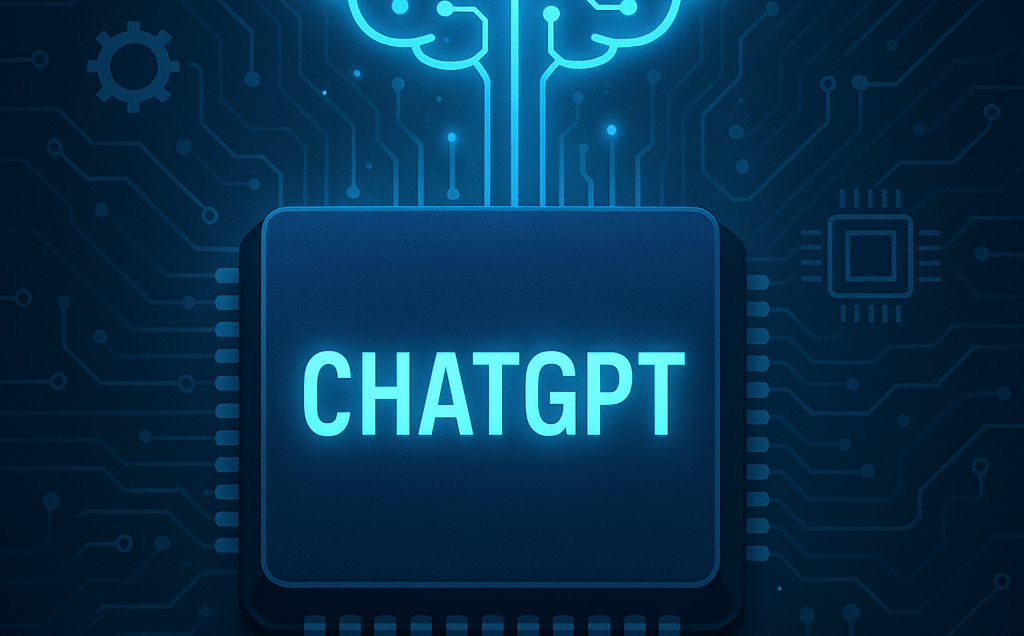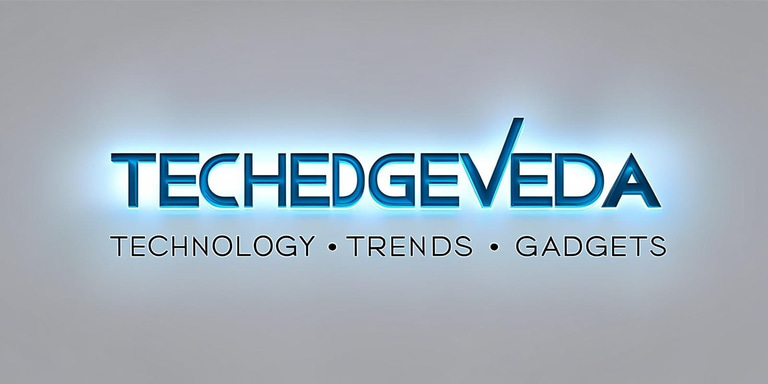
ChatGPT’s Meteoric Rise Reshapes the AI Landscape
ChatGPT’s explosive rise transformed it from a chatbot into a global productivity powerhouse, reshaping how we work, learn, and create. Its impact is redefining AI as essential digital infrastructure of the future.
TechEdgeVeda Editorial
2 min read


In less than two years, ChatGPT has gone from an experimental chatbot to a full-blown tech phenomenon, revolutionizing industries, redefining workflows, and becoming a household name globally. Behind the simplicity of typing a question and receiving a well-structured answer lies a seismic shift in how we interact with machines — and how machines are learning to interact with us.
The Viral Spark: A Bot That Feels Human
When OpenAI launched ChatGPT to the public, it wasn’t the first AI assistant. But it was the first to feel human — conversational, witty, even emotionally aware at times. That subtle shift in user experience turned it into the fastest-growing consumer app in history, gaining over 100 million users in just two months.
What followed was a tidal wave: teachers debated its use in classrooms, coders began automating tasks in hours that used to take days, marketers used it to craft campaigns, and writers both praised and feared its potential.
A New AI Economy
ChatGPT didn’t just create waves in tech — it built an entirely new economy. Startups rapidly formed around AI-powered tools. Established platforms like Notion, Canva, and Microsoft Office embedded ChatGPT-like features. AI freelance gigs exploded. And investor dollars poured in, with billions flowing into generative AI ventures.
Businesses that once viewed AI as a back-end tool suddenly saw it as a front-facing force. Customer support, research, content creation, and even coding teams started integrating AI into daily operations — not as a gimmick, but as a necessity.
The Rise of the AI-Enhanced Professional
Perhaps the biggest shift has been psychological: professionals across sectors have begun working with AI as a partner. It’s no longer a “black box.” It’s a visible, dynamic tool that adapts, learns, and accelerates productivity. Developers use it to debug and write cleaner code. Lawyers generate contract drafts. Designers get layout ideas in seconds. Students write smarter. Journalists brainstorm deeper.
The narrative has changed from “AI might take our jobs” to “AI is part of our jobs.”
The Ripple Effect: Education, Ethics, and Edge Cases
This meteoric rise hasn’t come without friction. Concerns around misinformation, data privacy, academic integrity, and copyright remain hot-button issues. Schools have had to adapt. Regulators are scrambling to keep pace. Tech giants are locked in an AI arms race, each trying to outpace the other while keeping guardrails in place.
OpenAI’s collaboration with Microsoft and integrations across Windows and Office products further blurred the line between traditional software and AI. Meanwhile, emerging competitors like Claude, Gemini, and open-source LLMs are pushing the boundaries even further, driving innovation and competition.
What’s Next? AI as Infrastructure
The next chapter of ChatGPT’s impact is already unfolding. With the launch of GPT-4 and GPT-5 on the horizon, and the fusion of voice, vision, and reasoning capabilities, AI is no longer just a chatbot. It’s becoming a universal interface — a layer that sits on top of all digital experiences, ready to personalize, contextualize, and assist.
We're witnessing the birth of AI as infrastructure — a foundational element of the digital future, not unlike the internet itself.
Flashpoint Takeaway: ChatGPT didn’t just go viral — it rewired how we think about intelligence, work, and creativity. And in doing so, it reshaped the AI landscape forever.
